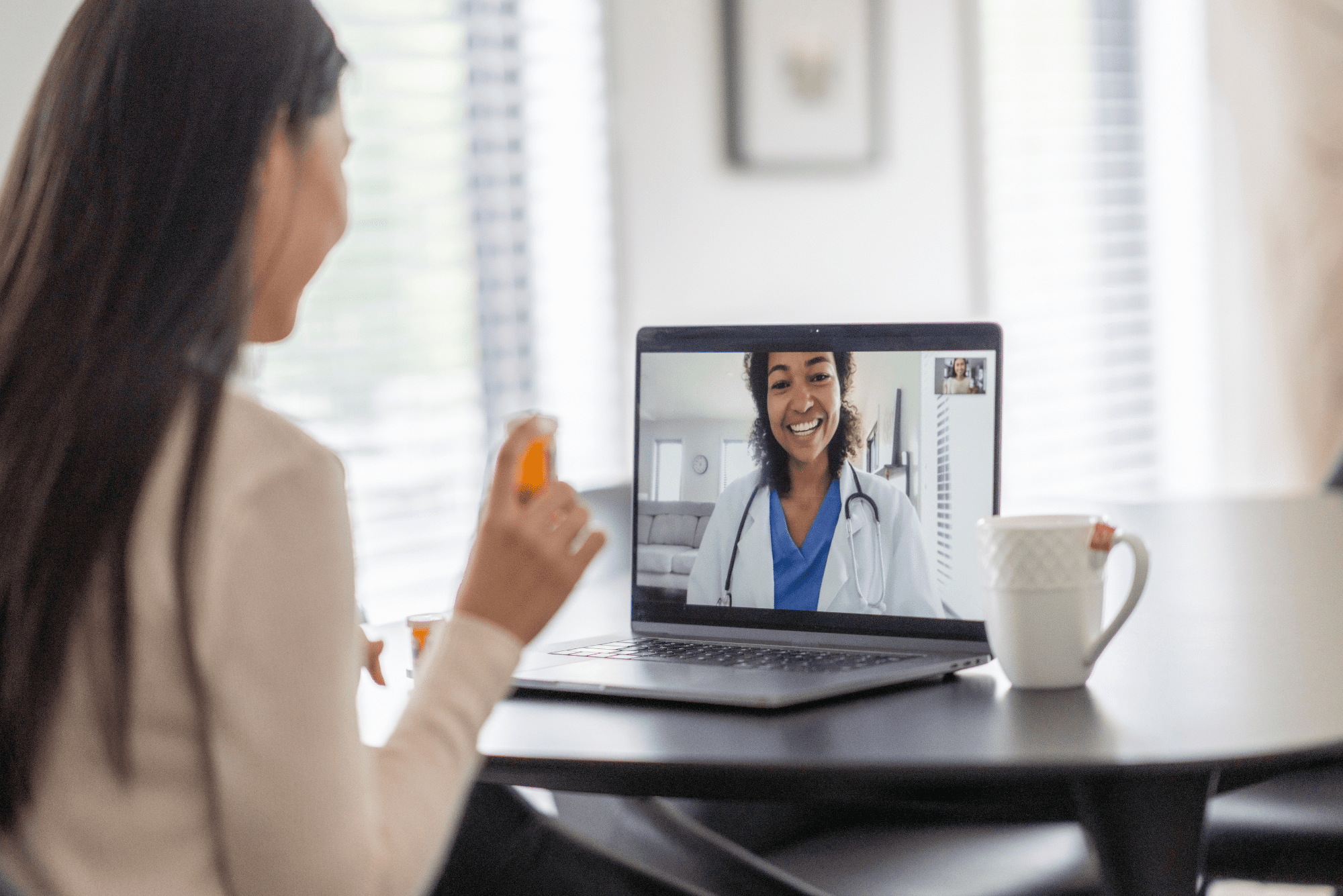We’ve now gone through three holiday seasons confronting COVID. Unbelievable, but I have double-checked my math.
Each year, the COVID pandemic has been at a unique phase in terms of treatment options and lethality. However, each holiday season illustrates how important human behavior is in determining the course of the pandemic. The basic human desire to gather and celebrate with our friends and families works against us by accelerating the rate of infections. Again, the year 2022 demonstrates this trend.
COVID home antigen tests are a game-changer, providing us with a tool to determine rapidly and conveniently who is infected. Yet, we have lost the ability to count how many people are infected. For tracking the pandemic, we now rely on other metrics including measuring the number of viral particles shed into the sewage system.
Based on this form of data, the Bay Area is now experiencing more COVID cases than during any other time in the pandemic. I fear that this astounding statistic is not being adequately communicated. Because we have a high rate of vaccination and access to medical treatments for COVID, the rates of hospitalizations and death are not record-setting but have been rising rapidly since Thanksgiving.
What should we do about the situation? That depends on your degree of risk for a bad outcome from COVID.
Those over 50 years old, pregnant, or with multiple or severe medical conditions should take action to reduce their risk. The most basic advice would be to wear a mask when indoors around large numbers of other people — not a stylish cloth mask or paper surgical mask but an effective mask with an N95 rating or similar.1
Simple masks help reduce the spread of germs from you to other people. However, at this stage in the pandemic with most people not wearing any masks, you need a high-quality mask to avoid inhaling their germs. I am purposely using the general term “germs” rather than “the COVID virus”. As you have heard, we are in the midst of a triple pandemic with rising rates of influenza, respiratory syncytial virus (RSV) and COVID. Wearing a mask will reduce your risk of contracting any of these illnesses.
Eating indoors now represents a growing risk.
Observing the rapid acceleration of COVID infections, I have tried to avoid or minimize eating indoors at restaurants. When my family hosted a Thanksgiving dinner for 13 people, I asked everyone to perform a home COVID antigen test that day before gathering. I highly recommend this technique for others as well. First, this reduces the risk of spreading COVID. Secondly, this allows me to relax a bit and not worry about creating a super-spreader event.
A new Bivalent COVID booster was released this past Fall. This is the first booster to include a newer Omicron descendant variant in addition to the original Wuhan variant. Since then, laboratory and clinic data have shown that adding this booster can further reduce the risk of infection and serious health outcomes. In fact, for many people, being fully vaccinated and boosted against COVID has reduced its danger to that of influenza.
Unfortunately, the risk of mild cases persists but can be reduced by being up to date with COVID boosters.
Should everyone get the new Bivalent COVID booster? Not necessarily. I believe that for most low-risk people, younger than 50 years old, non-pregnant without serious illness, the marginal benefit does not exceed the very rare potential for a vaccine side effect. For this group of people, who have already had two, three, or four vaccines and possibly a case of COVID infection, you can take a pause from further vaccination for now.
On the other hand, everyone else should get the new Bivalent COVID booster. Please wait 2-3 months after a previous booster or COVID infection.
This was my third-year asking patients to reduce their COVID risk during the holiday season. This has become a holiday tradition! We can count our blessings that the risk of serious illness from COVID has been remarkably reduced during this time. As many of you know, I had COVID in September. Fortunately, it was a mild case. Nonetheless, I was in bed for a few days, had to be out of the office for a 10-day period, and still have a lingering, dry cough.
I believe getting another COVID booster, being a more diligent mask wearer, and testing before family gatherings represent a modest inconvenience that I can endure to reduce my chance of getting COVID again.
Everyone can — and should — weigh their own risks and benefits.

Barry Rotman, MD
For over 30 years in medicine, Dr. Rotman has dedicated himself to excellence. With patients’ health as his top priority, he opened his own concierge medical practice in 2007 to practice medicine in a way that lets him truly serve their best interests.



